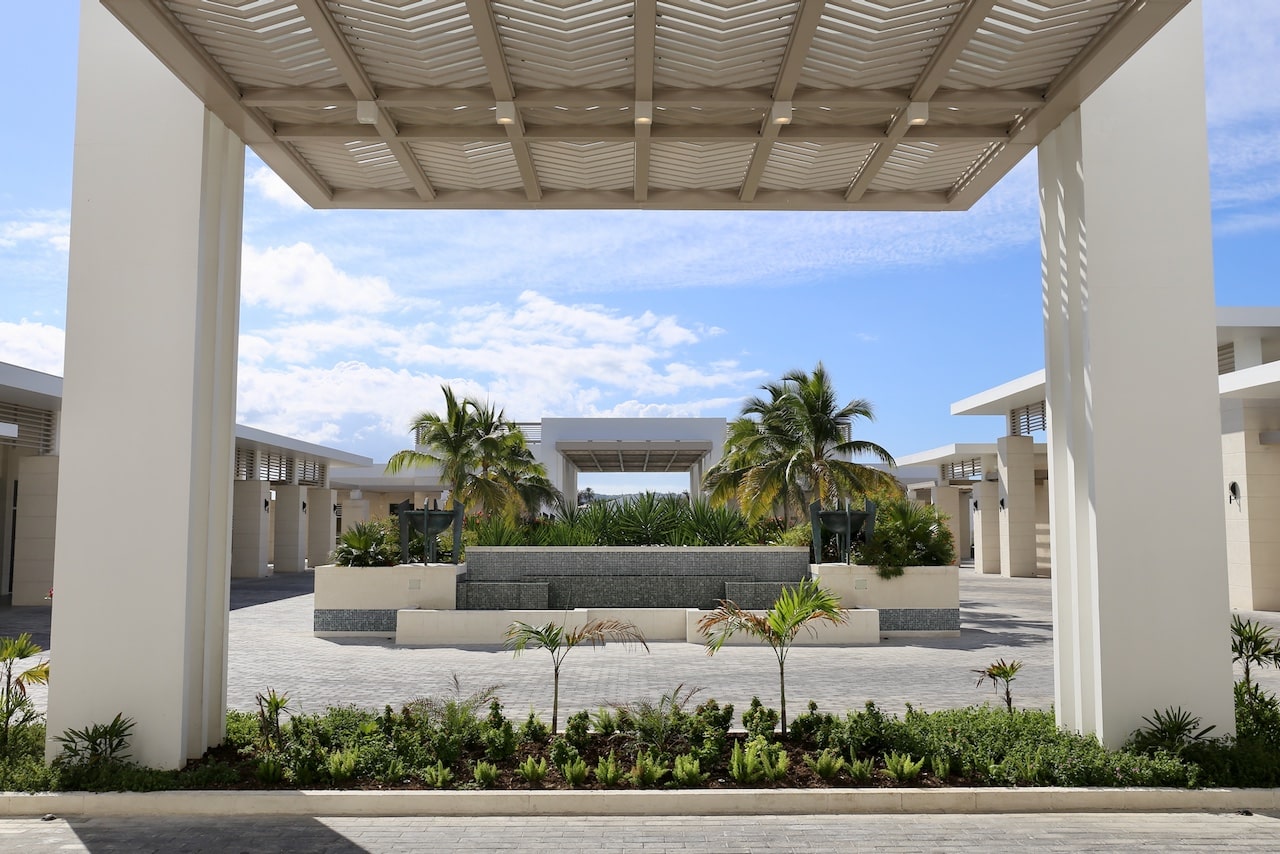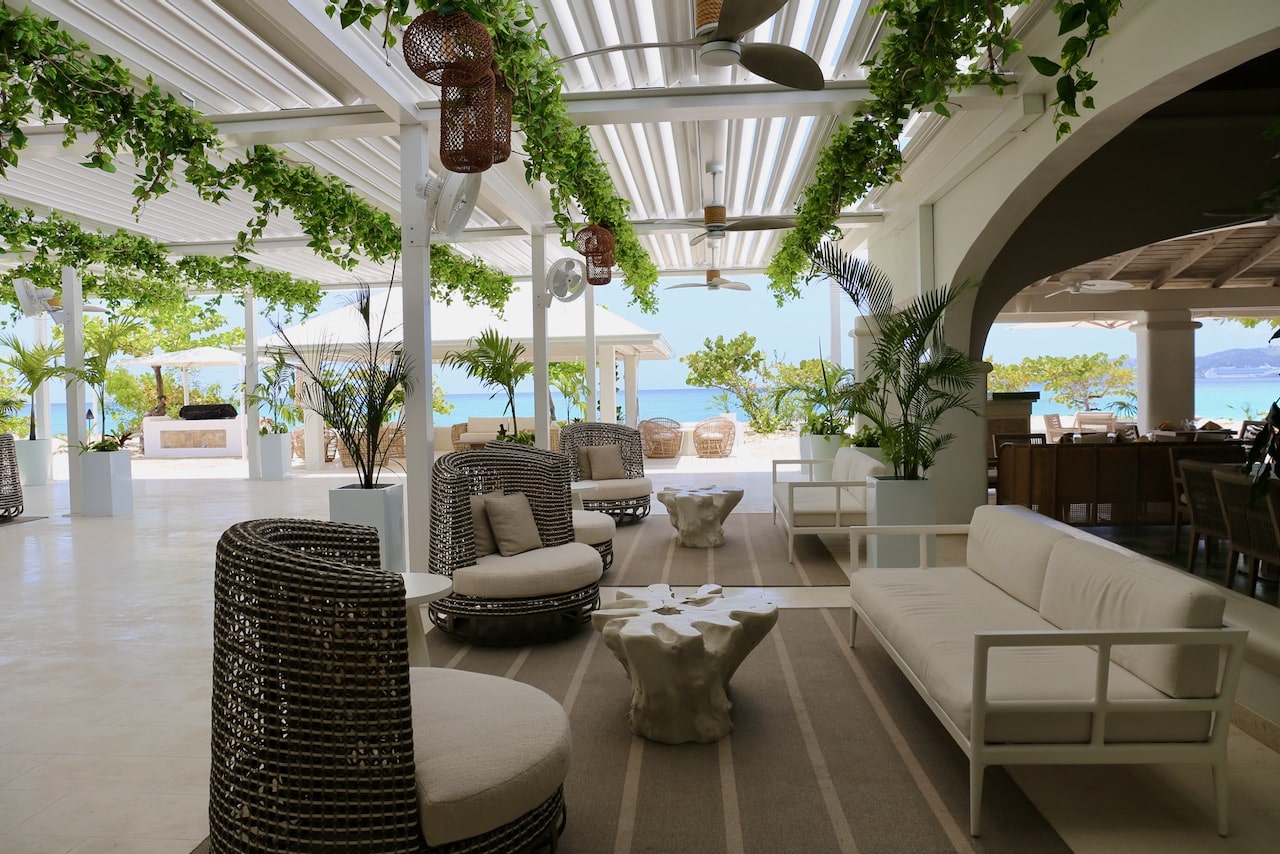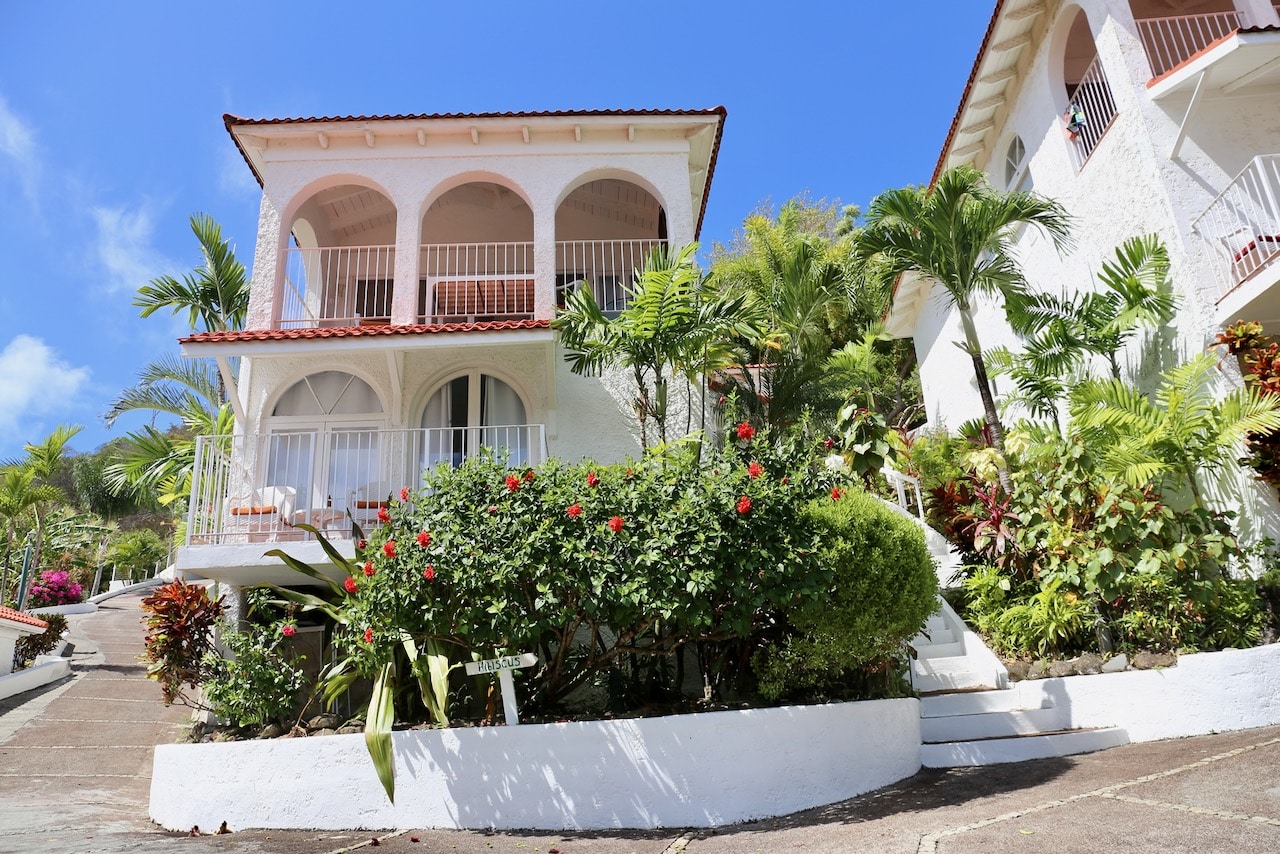Traveling to the Balkans and looking for the best things to do in Sofia Bulgaria on a fun city break?
Learn about the best places to visit in Sofia on a 2 or 3 day weekend getaway by using our comprehensive travel guide, featuring top attractions and restaurant recommendations.
Our ideal Sofia City Break features a centrally located hotel so you can visit most of the top sites on foot.
Whether you’re a history buff looking to visit ancient churches and world-class museums or a foodie keen to taste authentic Bulgarian dishes, you’ll find plenty of things to do in Sofia!
Save this story to Pinterest!

Best Things To Do In Sofia Bulgaria On A Weekend
Bulgaria’s laid-back capital is often overlooked by visitors who often head straight to scenic coastal beaches or ski resorts.
Sofia is an architectural nerds playground thanks to its rich collection of onion-domed churches, Ottoman era mosques and jaw-dropping synagogue.
Excavation work carried out during construction of the city’s metro unveiled a treasure trove of Roman ruins from nearly 2000 years ago, when the city was called Serdica.

Away from the buildings and boulevards, vast parks and manicured gardens offer a welcome respite. Home to many of Bulgaria’s finest museums, galleries, restaurants and clubs, Sofia may persuade you to stick around and explore beyond a short 3 day city break.
I love traveling to Eastern Europe, eating my way through affordable city’s like Budapest, Prague, Saint Petersburg, Bratislava, Tallinn, Riga, Dubrovnik, and Sarajevo.
If you’re budgeting for a Sofia holiday you can expect prices to be significantly more affordable than a vacation in Stockholm, Berlin, or Rome.
If you have the time we’d recommend planning 3 full days to explore Sofia’s awesome attractions and mouth-watering restaurants.
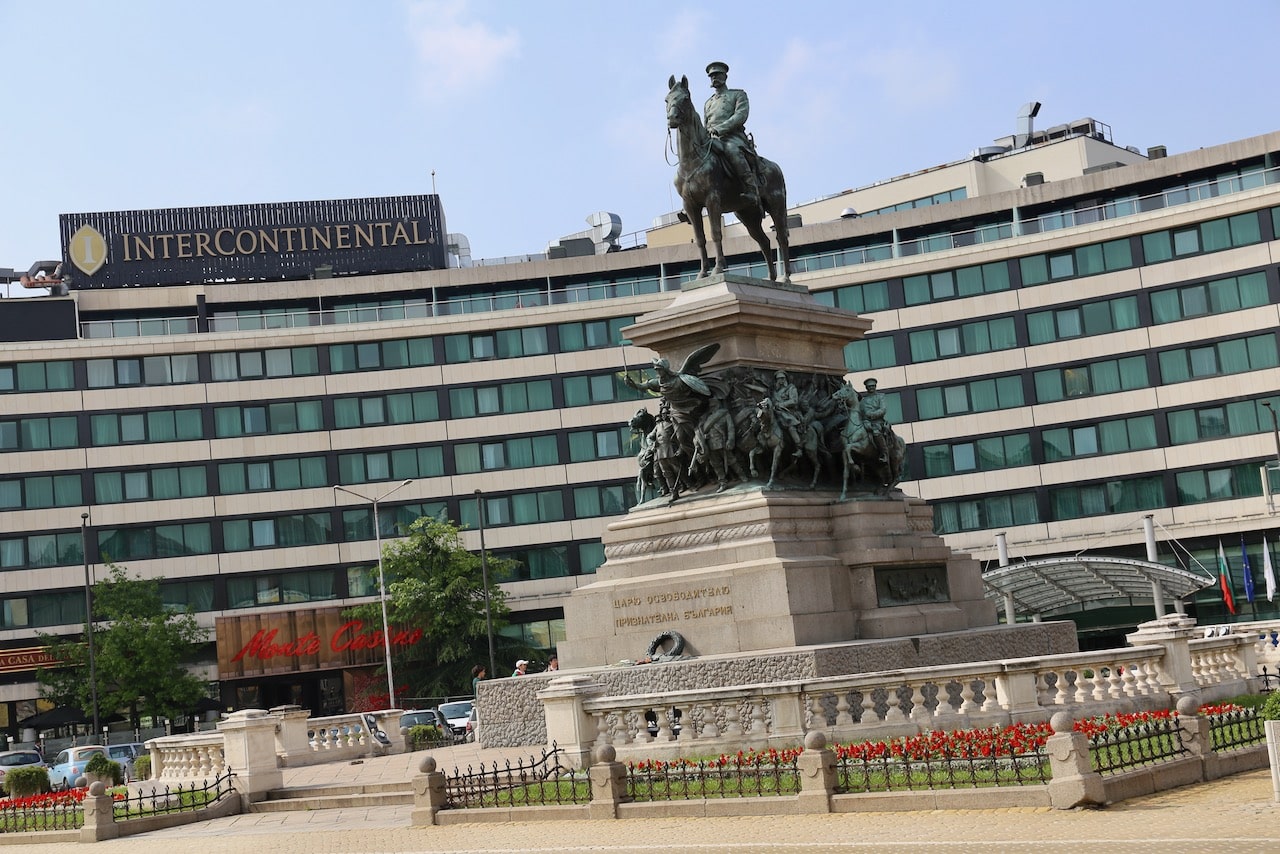
Top Things To Do In Sofia Bulgaria
With a population around 1.4 million, Sofia is both the capital and largest city in Bulgaria.
Having thrown off the shackles of Communism, it has woken up and is now a young, dynamic, fast-moving Eastern European metropolis, with a unique blend of East-meets-West-meets-ex-Soviet architecture.
Often unfairly overlooked in favour of destinations like Budapest or Prague, Sofia is truly something special. After all, how many other world capitals can boast they have a ski resort within sight of their downtown?
Most of Sofia’s must see-attractions and places of interest are located in the centre of the city and are easy to explore on foot. You can also hop on the affordable Metro for attractions that are farther afield like the Boyana Church and National Museum of History.
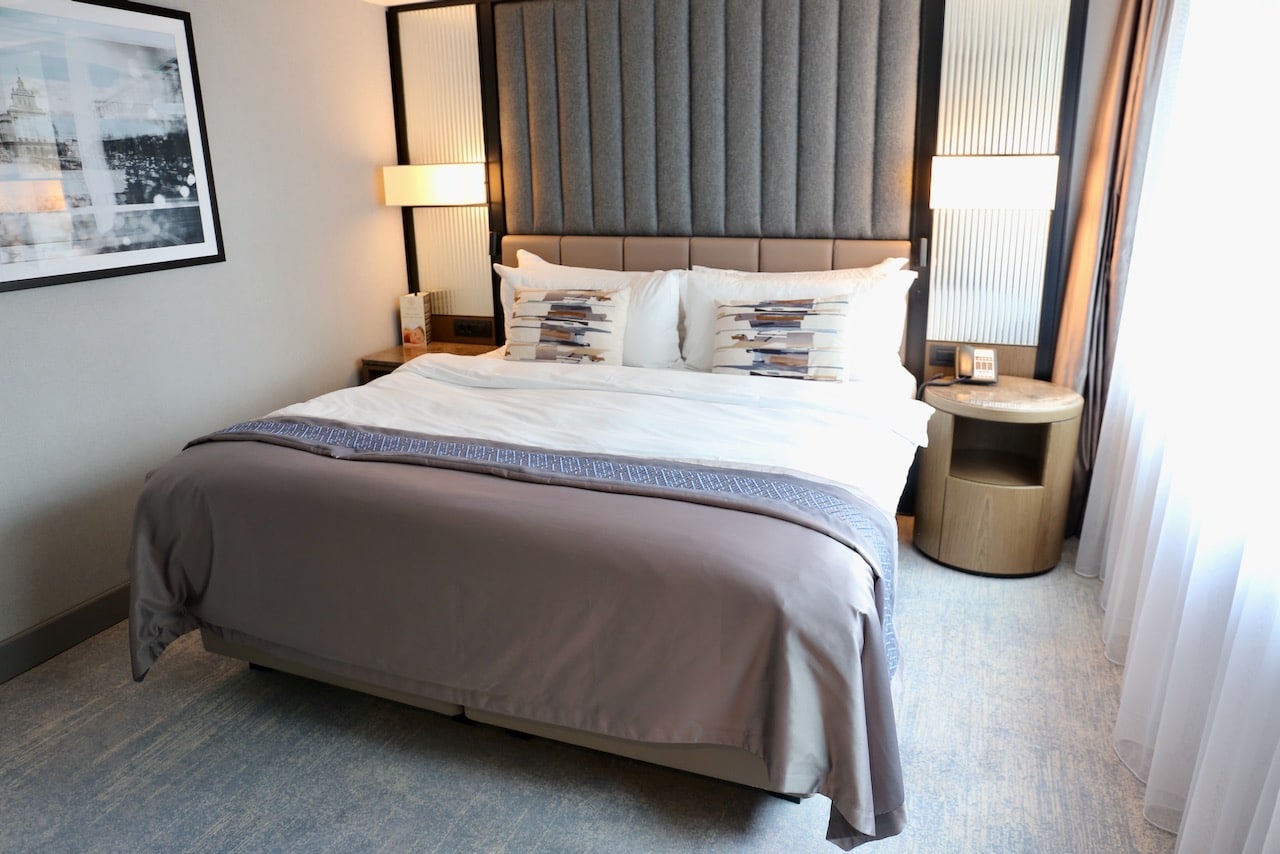
InterContinental Sofia
Located in the heart of the Bulgarian capital, the InterContinental Sofia is situated on the city’s notable vibrant yellow pavement square and shares the ultimate address with the Bulgarian Parliament.
The 180 well-appointed rooms and suites at the luxurious hotel in Sofia overlooks the architecturally impressive golden domes of Alexander Nevski Cathedral.
It sits conventionality next door to a metro station and is surrounded by city landmarks as well as trendy shops, chic restaurants, cafés and night clubs.
If you’re looking for the best things to do in Sofia Bulgaria on a romantic getaway a weekend spent as a guest at the city’s most luxurious hotel will do the trick!
We suggest starting your stay at InterContinental Sofia with a visit to Hexaya, the hotel’s onsite spa. The urban oasis features 3 treatment rooms, relaxation lounge, sauna, steam room and 24 hour fitness centre.
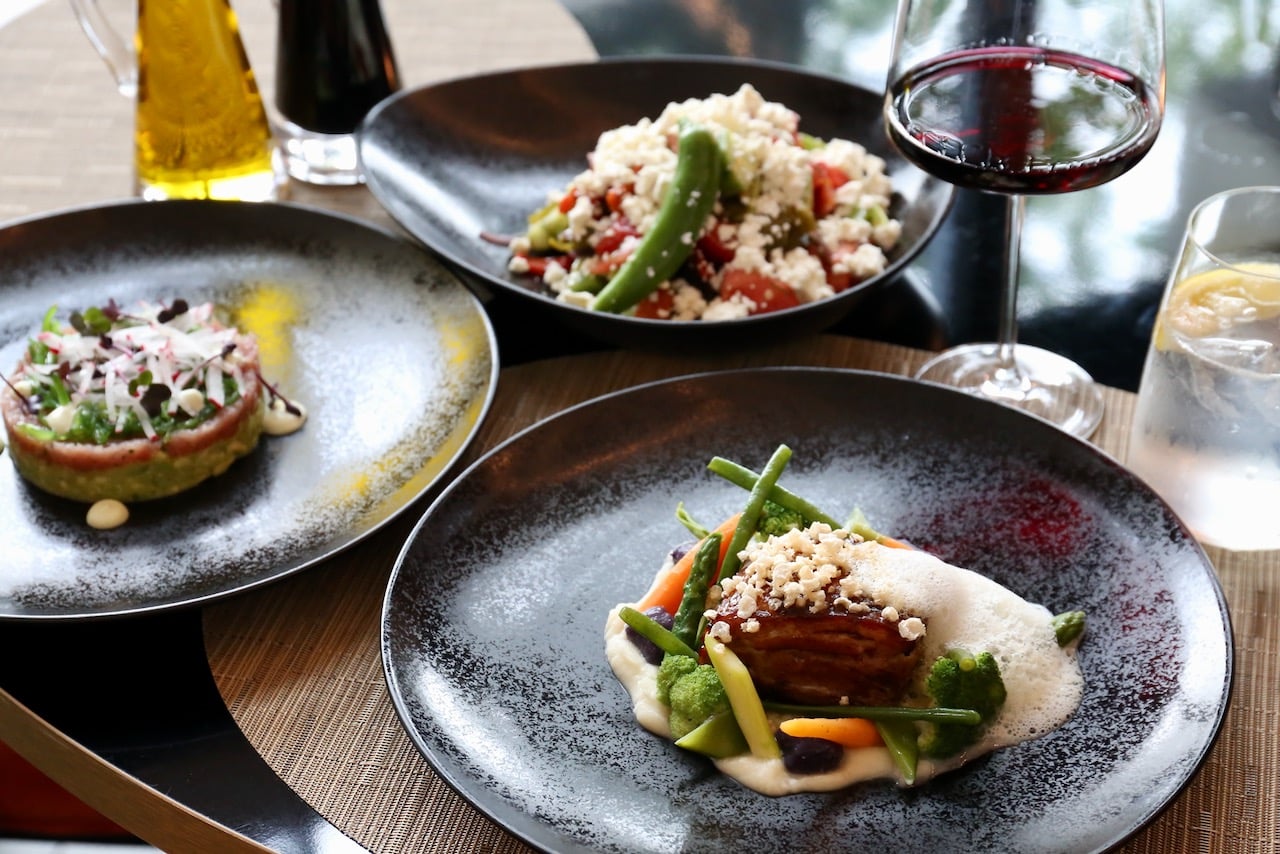
Visiting foodies should book a reservation at the hotel’s signature Ador Restaurant, where you can sample upscale Bulgarian classics in a trendy and intimate interior.
If you’re using IHG One Rewards to pay for your stay we recommend booking a Club Room so you can enjoy access to the Club InterContinental Lounge for the duration of your stay.
The Club InterContinental Lounge in Sofia is located on the hotels ground floor. It offers a wide range of benefits including private check in, breakfast for two, afternoon tea, all day refreshments and pre-dinner cocktails and canapés.
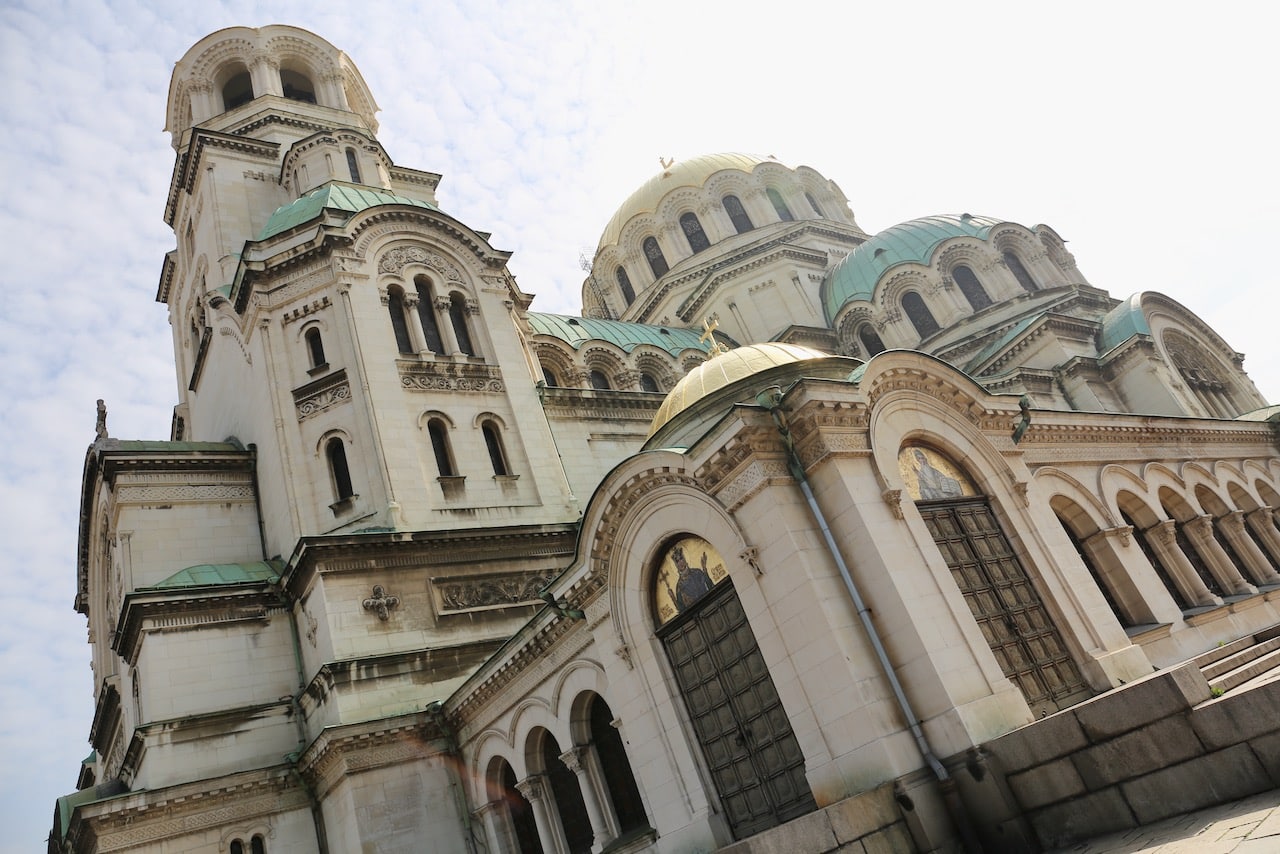
St. Alexander Nevsky Cathedral
St. Alexander Nevsky Cathedral is a Bulgarian Orthodox cathedral in Sofia, which is considered to be the city’s most iconic symbol and primary tourist attraction.
It has many claims to fame: one of the 50 largest Christian church buildings by volume in the world, holds up to 5,000 people and is the largest cathedral in the Balkans.
Built in Neo-Byzantine style, Alexander Nevsky Cathedral is a cross-domed basilica featuring an emphasized central gold-plated dome. The interior is decorated with Italian marble, Brazilian onyx, alabaster, and other luxurious materials. The central dome has the Lord’s Prayer inscribed around it, with thin gold letters.
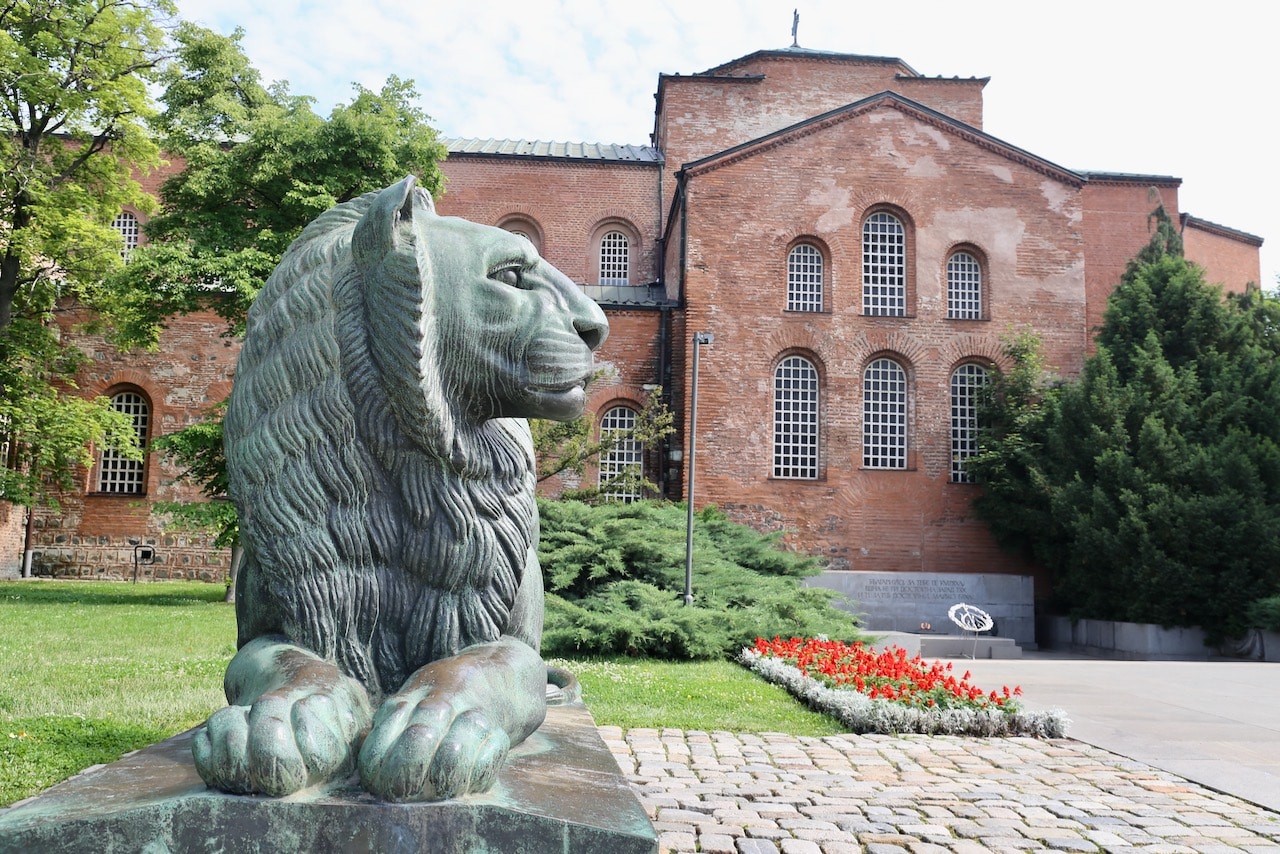
Saint Sofia Church
The Saint Sofia Church is the oldest church in the Bulgarian capital Sofia.
It was constructed on the site of several former churches, the earliest of which dates back to the 4th-century. During this time, Sofia was known as the ancient Roman city of Serdica.
The most recent Saint Sofia Church was constructed sometime during the middle of the 6th-century when Bulgaria was under the reign of Byzantine Emperor Justinian I.
It was converted into a mosque to serve the Muslim population under the rule of the Ottoman Empire. The former church would remain a mosque for three centuries, until Russia liberated Bulgaria in the 19th-century.
Saint Sofia Church is now one of the most valuable pieces of Early Christian architecture in Southeastern Europe.
The current building is a cross basilica with three altars. The floor of the church is covered with complex Early Christian ornamental or flora and fauna-themed mosaics. Saint Sofia Church stands in the middle of an ancient necropolis and many tombs have been unearthed both under and near the church.
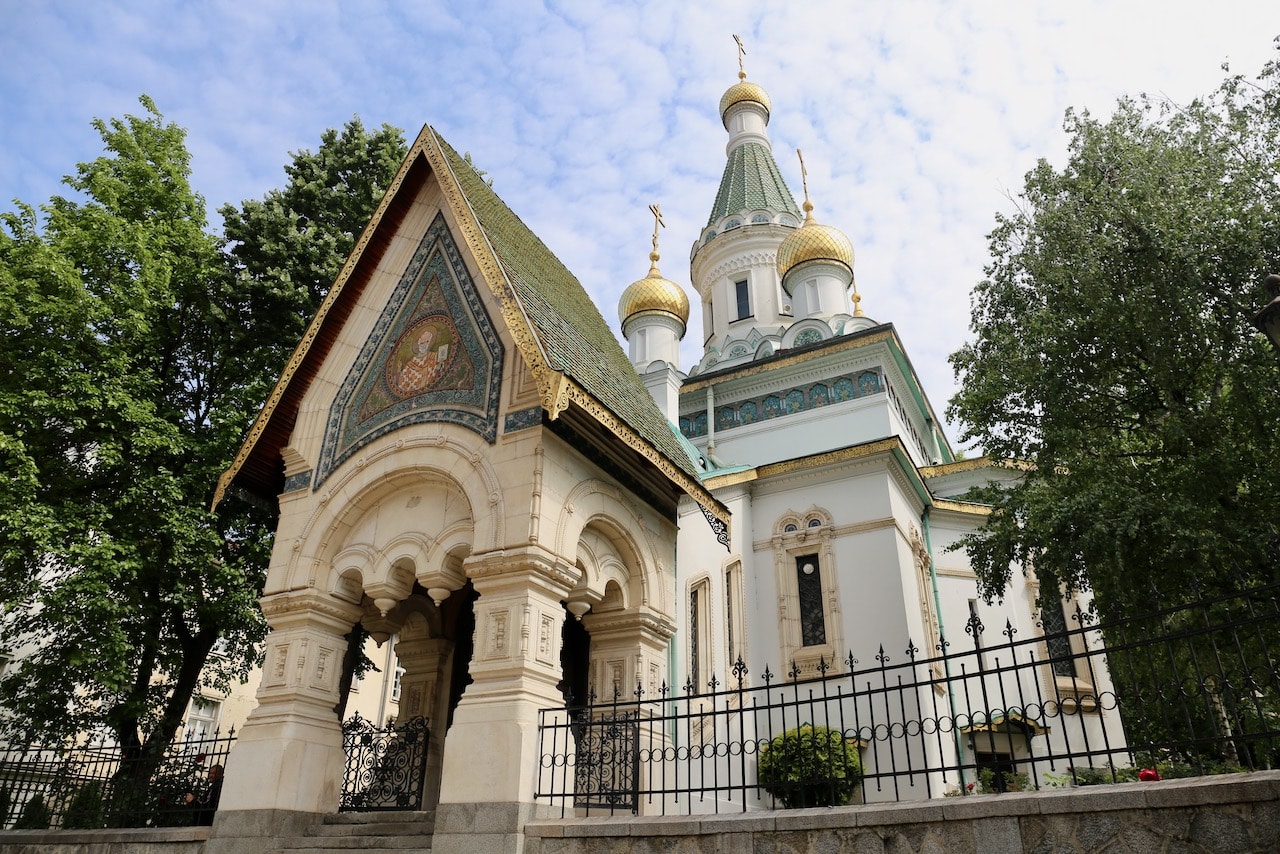
Church of St. Nicholas
The Russian Church, also known as the Church of St Nicholas the Miracle-Maker, is a Russian Orthodox church in central Sofia.
The church was built on the site of the Saray Mosque, which was destroyed in 1882, after the liberation of Bulgaria by Russia from the Ottoman Empire.
Construction began in 1907 and the church was consecrated in 1914. It was built as the official church of the Russian Embassy, which was located next door, and of the local Russian community, and was named after the patron saint of the Emperor who ruled Russia at the time, Nicholas II of Russia.
The exterior decoration features multicoloured white and green tiles and its five domes are coated with gold.
The crypt housing the remains of Saint Archbishop Seraphim is located beneath the Russian Church’s main floor. Dozens of people still visit the grave of the archbishop, who died in 1950, praying and leaving notes asking for wishes to be granted.

The Rotunda Church of St George
The Rotunda Church of St George was built in the early 4th-century as Roman baths and is considered the oldest building in Sofia.
It became a church inside the walls of Serdica, capital of ancient Dacia Mediterranea during the Roman Empire and Byzantine Empire.
The building, a cylindrical domed structure built on a red brick square base, is famous for the 12th 13th and 14th-century frescoes inside the central dome. Three layers of frescoes have been discovered, the earliest dating back to the 10th century.
Magnificent frescoes of 22 prophets over 2 metres tall crown the dome. Painted over during the Ottoman period, when the building was used as a mosque, these frescoes were only uncovered and restored in the 20th century.

Serdica Ancient Complex
This remarkable, partly covered excavation site, situated just above the Serdika metro station, displays the remains of the Roman city, Serdica, that once occupied this area.
The remains were unearthed from 2010 to 2012 during construction of the metro. There are fragments of eight streets, an early Christian basilica, baths and houses dating from the 4th to 6th centuries.
It’s fascinating to walk through the ancient alleys as they are contrasted against an eye-catching modern glass dome.

Sveta Nedelya Church
Sveta Nedelya Church is an Eastern Orthodox cathedral in Sofia. Its name translates to “Holy Sunday.”
Sveta Nedelya is believed to have been first built in the 10th-century. Its foundation was originally made of stone and wood. In the 18th-century the church became a bishop’s residence and the final resting place for the remains of Serbian King Stefan Milutin, which had been on the move since 1460.
The old church was demolished in 1856 to make room for the Cathedral which was to follow. Later in 1925 the church was blown up by Communist terrorists. By 1933 it had been fully restored.
The church is famous for its elaborate interior covered with murals, which are considered the best preserved frescos in the city.

Banya Bashi Mosque
Banya Bashi Mosque was designed by the famous Ottoman architect Mimar Sinan and completed in 1566.
The mosque derives its name from the phrase “Banya Bashi,” which means “many baths.”
The most outstanding feature of the mosque is that it was actually built over natural thermal spas; one can even see the steam rising from vents in the ground near the mosque walls.
The midrab and eastern wall are covered in aquamarine tiles with calligraphy citing texts from the Koran. As the portrayal of human figures is banned in Islamic art there is a large tile with an image of the Kaaba, the mosque in Mecca to which all Muslims must make the hajj or pilgrimage at least once in their lifetime.
Today, Banya Bashi Mosque is the only functioning mosque in Sofia, a remnant of the Ottoman rule of Bulgaria that lasted nearly five centuries, and is used by the city’s Muslim community.
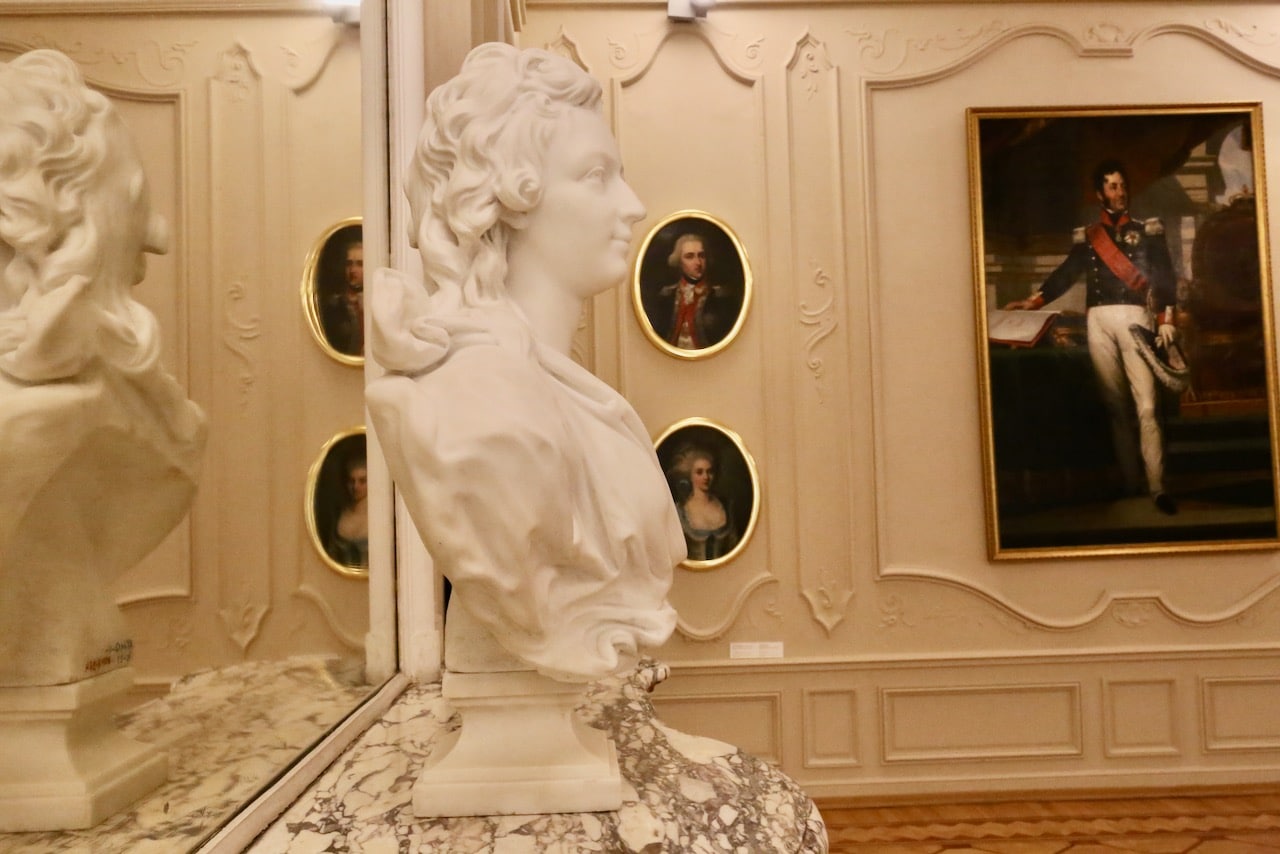
National Art Gallery
The National Art Gallery is Bulgaria’s most celebrated gallery, which is located on Battenberg Square. It is housed in the building of the former royal palace and houses over 50,000 pieces of Bulgarian art.
The gallery was established in 1934 and moved to the palace in 1946, after the abolition of the monarchy. The royal palace is a typical example of Second Empire architecture.
Sofia’s National Art Gallery houses not only examples of contemporary art, but also the country’s largest collection of medieval paintings, including more than four thousand icons.
If you’re looking for fun things to do in Sofia on a rainy day a stroll through the National Art Gallery is a great idea!
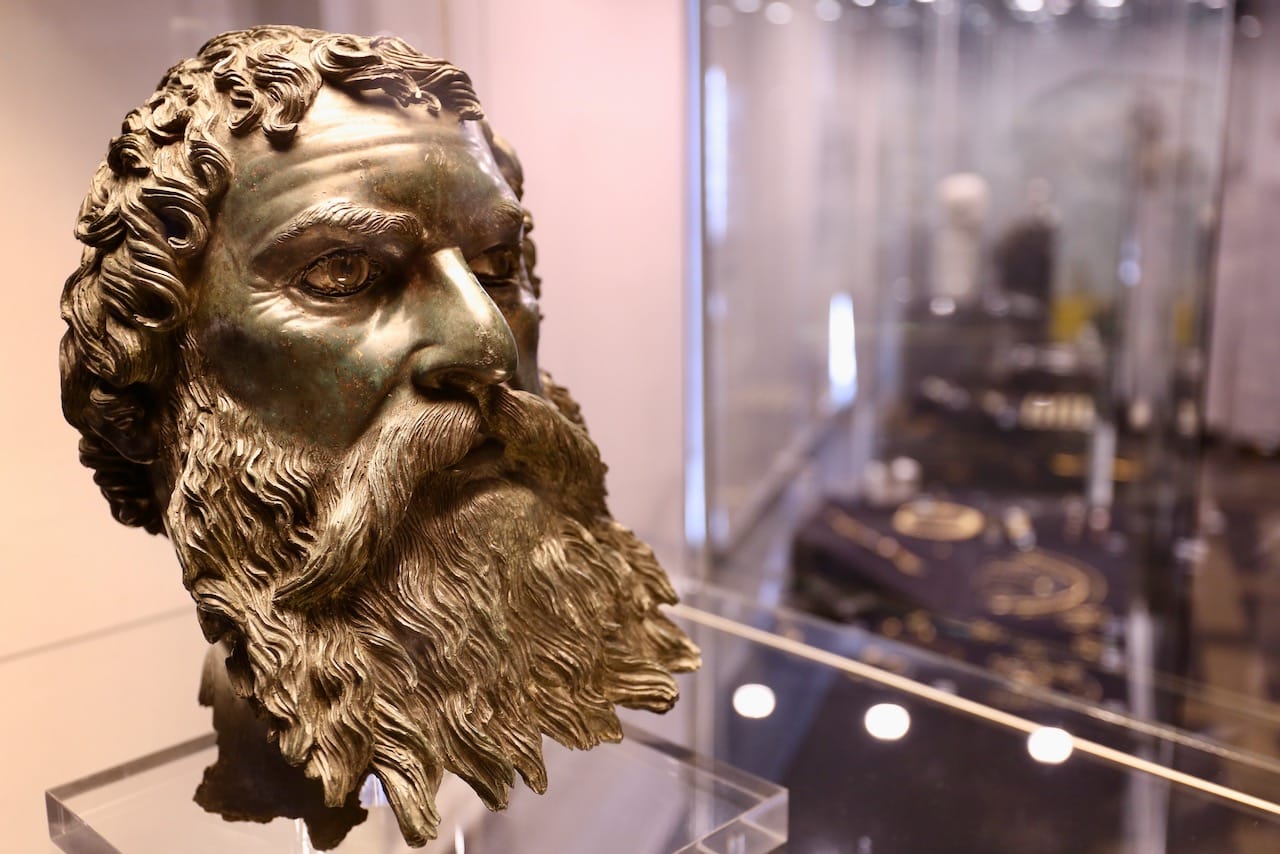
Bulgarian Archeological Museum
The National Archaeological Museum occupies the building of the largest and oldest former Ottoman mosque in Sofia, originally known as Koca Mahmut Paşa Camii.
The museum was officially opened and inaugurated in 1905, as by then all archaeological exhibits previously kept all over the city were moved there.
Today the museum has five exhibition halls: Central Hall, Prehistory, Middle Ages, Treasure, and a special temporary exhibition.
Highlights from the collection include Bulgarian treasures from the Valchitran and Lukovit, ancient items from Greece and Rome and Medieval marvels including woodwork and drawings.
The Bulgarian Archaelogical Museum was our favourite attraction in the city and a must-do on any Sofia City Break itinerary!

Presidential Palace of the Republic of Bulgaria
The Presidential Palace of the Republic of Bulgaria is located directly across from the Bulgarian Archeological Museum.
Tourists flock here to take pictures of the spiffy dressed guards who wear white and red jackets, leather boots and feather topped caps.
The ceremonial change of the guard in front of the Presidential Palace marks the national and public holidays in Bulgaria. The official change of the guard takes place on the first Wednesday of every month at noon.
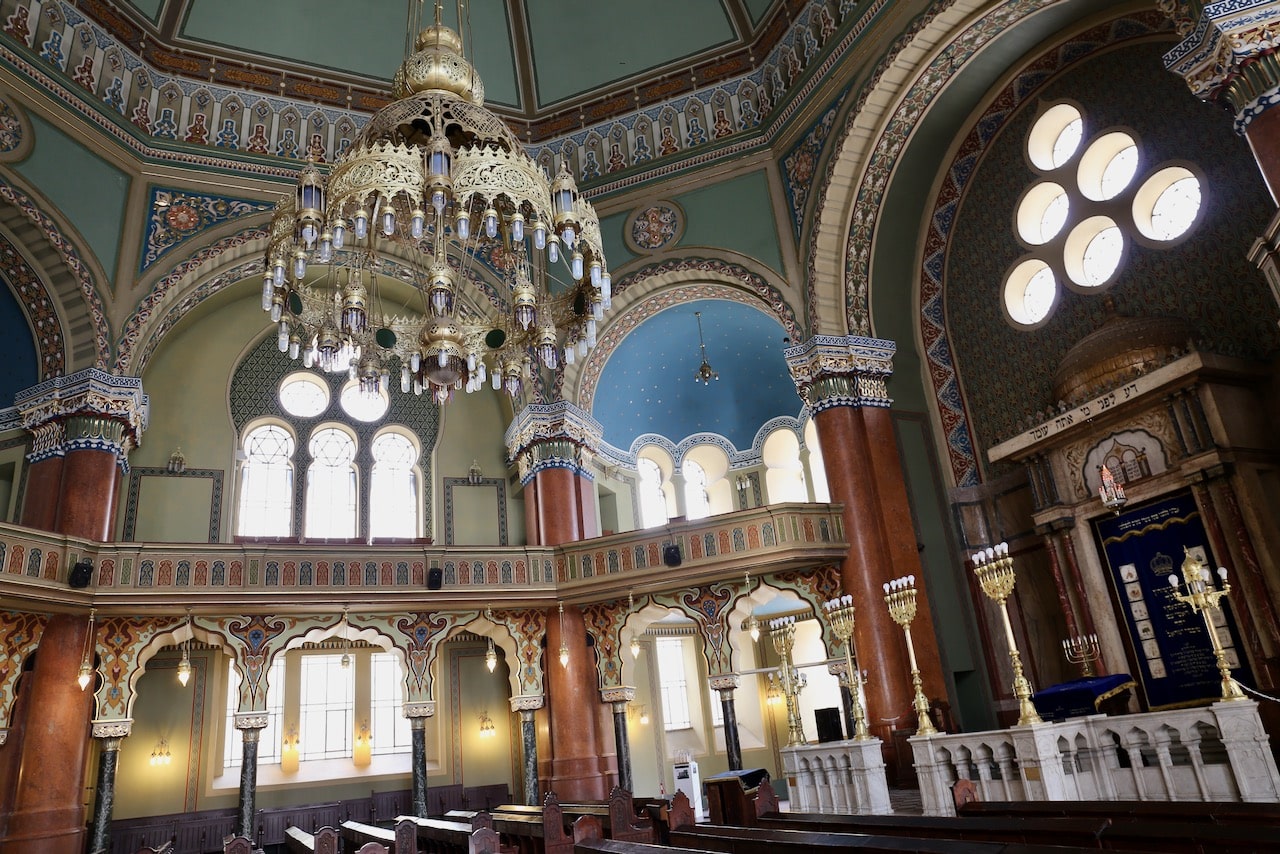
Sofia Synagogue
The Sofia Synagogue is the largest synagogue in Southeastern Europe, one of two functioning in Bulgaria and the third-largest in Europe.
Constructed for the needs of Sofia’s mainly Sephardic Jewish community, it resembles the old Moorish Leopoldstädter Tempel in Vienna. It was officially opened in September, 1909 in the presence of King Ferdinand I of Bulgaria.
One of the architectural monuments of Sofia, the synagogue, located in the very centre of the city near the Central Market Hall, can accommodate 1,300 worshippers. Its noteable chandelier weighs 1.7 tons and is the largest in the country.
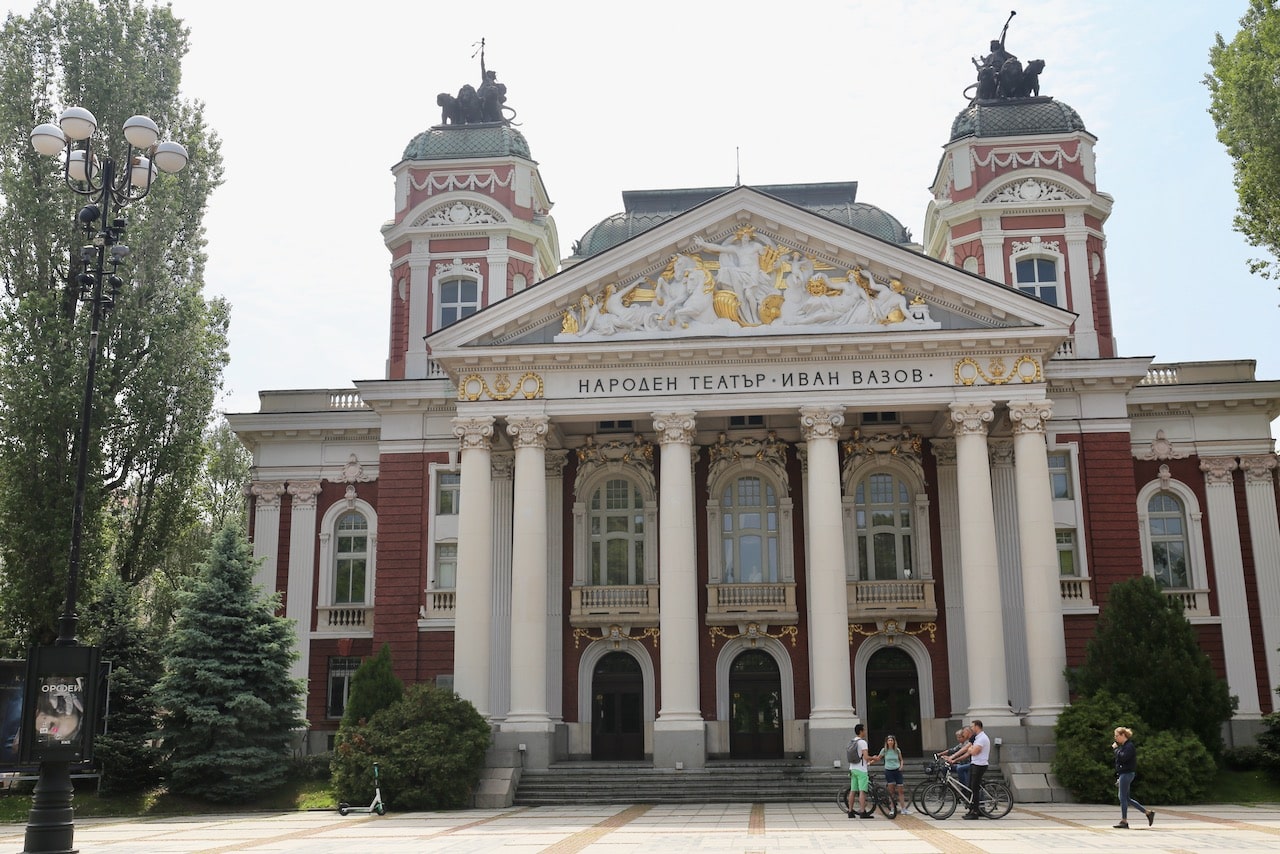
Ivan Vazov National Theatre
The Ivan Vazov National Theatre is Bulgaria’s national theatre, as well as the oldest and most authoritative theatre in the country and one of the important architectural landmarks of Sofia.
The theatre’s Neoclassical building, designed by famous Viennese theatre architects Hermann Helmer and Ferdinand Fellner, was finished in 1906 and opened in January 1907.
The Ivan Vazov National Theatre has a well-equipped main stage with 750 seats, a smaller 120-seat stage and an additional 70-seat one on the fourth floor.
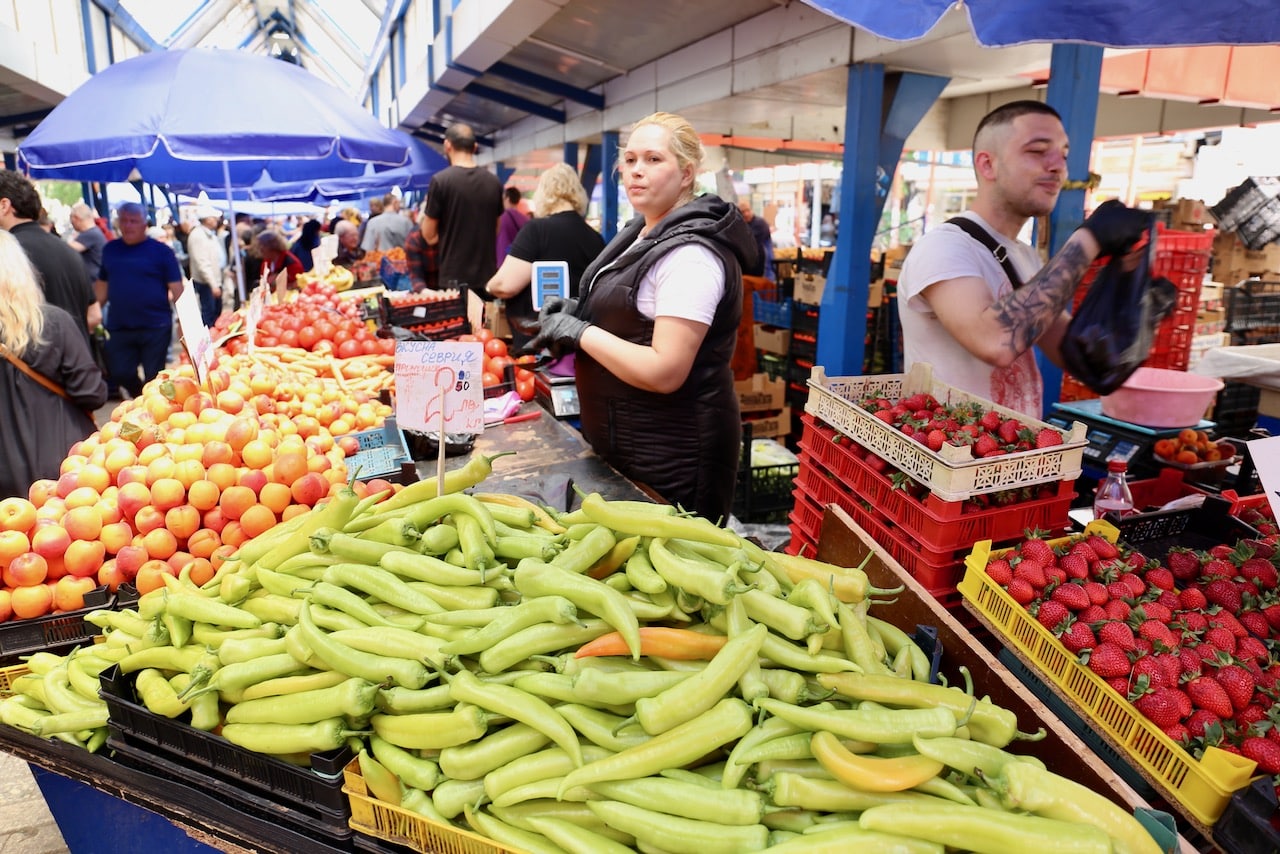
Zhenski Pazar Women’s Market
Zhenski Pazar, also known as the Women’s Market, is the oldest market in Sofia. It’s a must-see on a Sofia City Break for visiting foodies.
Established more than 140 years ago, it has become one of the most important trading centres in the Bulgarian capital.
The market is located in the Area of Tolerance. The name itself is coined after the close proximity of the temples of all the official religious communities in Bulgaria. Here you can find the church Saints Cyril and Methodius, Banya Bashi Mosque, and Central Synagogue.
Almost 60,000 people visit Zhenski Pazar Market every day. It’s a must-see tourist attraction for those looking to shop in Sofia. Colourful merchant stalls sell everything from fresh produce to traditional souvenirs.
During our visit in May cherries, strawberries and apricots were fresh and in season!
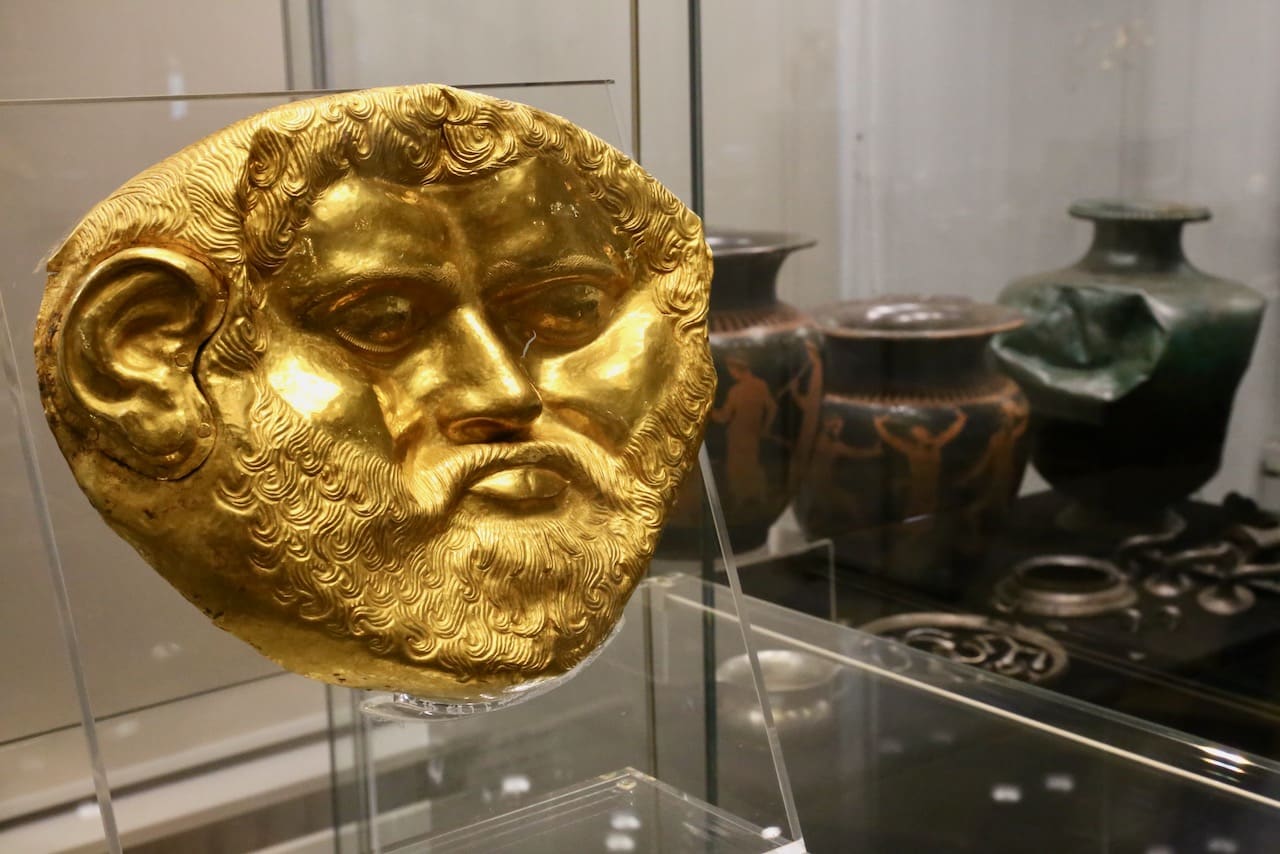
National Museum of History
The National Historical Museum in Sofia is Bulgaria’s largest museum. It was founded in May, 1973.
The museum is located in the building of the Court of Justice and contains over 650,000 objects connected to archaeology, fine arts, history and ethnography.
Strolling through Bulgaria’s National Museum of History you’ll find majestic halls, enormous wood carved doors and gigantic light structures.
It hosts world famous artifacts such as the Panagyurishte gold Treasure, the Gradeshnitza tablets, the Vila Armira mosaics, and the St. Theodor ceramic Icon.
The park around the museum with a striking view to the Vitosha mountain is the perfect place to sit and enjoy a beautiful view.
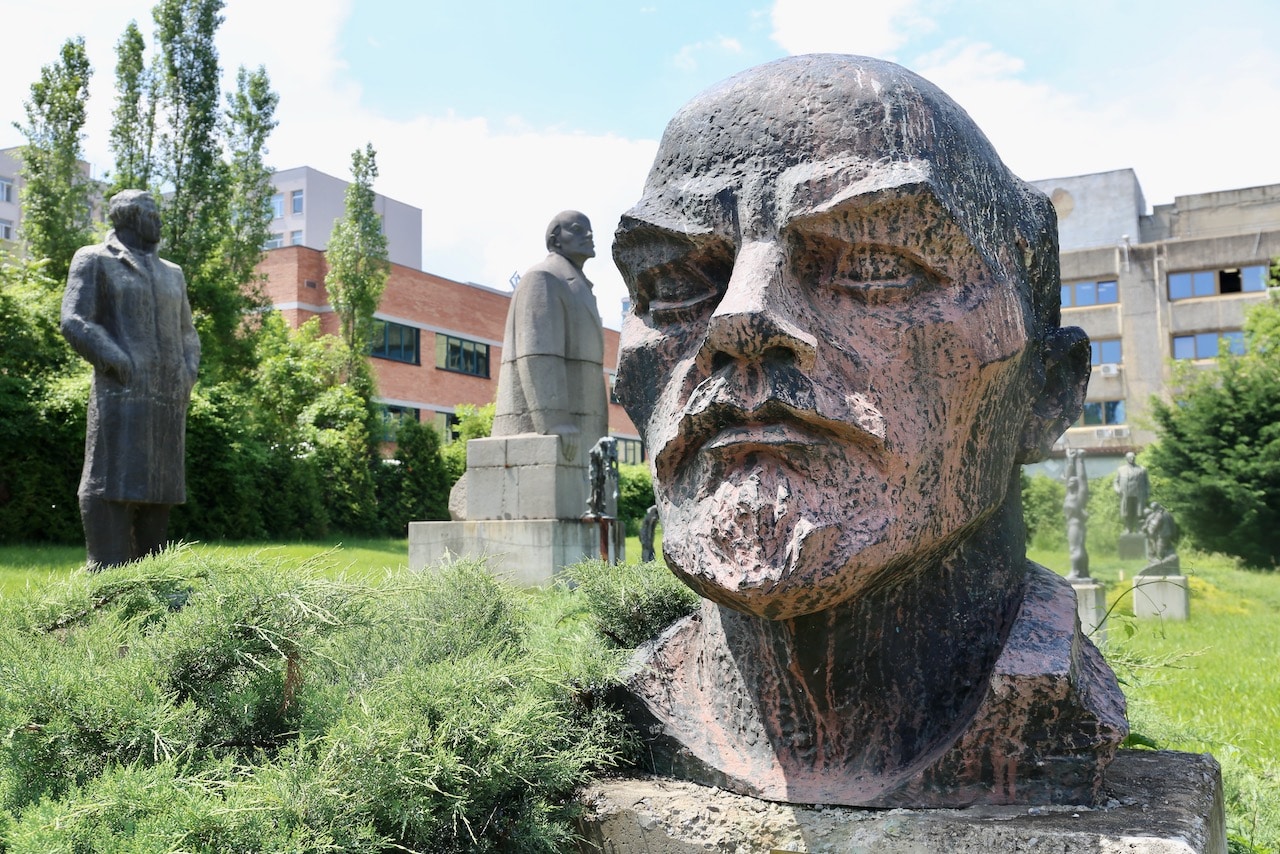
Museum Of Socialist Art
The Museum of Socialist Art in Sofia is a museum of art which covers the history of the communist era in Bulgaria. It was established in 2011 amidst a controversy over the name, which was initially proposed as “Museum of Totalitarian Art.”
Today the museum displays a collection of statues, busts, and paintings from the establishment of the People’s Republic of Bulgaria to the fall of communism, between 1944 to 1989.
Within the museum hall there are sculptures of communist leaders Todor Zhivkov, Vladimir Lenin, and Joseph Stalin. Paintings made by artists during the communist regime are also on display, including depictions of the entry of the Soviet Army in 1944, the creation of communist party branches, portraits, and landscapes.

Vitosha Boulevard
Vitosha Boulevard is the main shopping street in downtown Sofia, which is named after nearby Vitosha mountain.
The street is famous for its posh stores, chic restaurants and lively bars. Many high-end fashion brands have shops on Vitosha Boulevard like Versace, Bulgari, D&G, Emporio Armani, Tommy Hilfiger, and Boss.
The boulevard stretches from St. Nedelya Square to the Southern Park and features notable buildlings like The National Palace of Culture and The Palace of the Courts.
In 2007, a renovation of the boulevard began, aiming to restore the style of 1930s Sofia. Historical benches and street lights were added, as well as Art Nouveau round kiosks, more green areas, fountains, open-air bars, and a clock tower at the St Nedelya Church displaying the time in various world capitals.
Boyana Church
The Boyana Church is a medieval Bulgarian Orthodox church situated on the outskirts of Sofia, near the National Museum of History.
The east wing of the two-story church was originally constructed in the late 10th century, then the central wing was added in the 13th century under the Second Bulgarian Empire, the whole building being finished with a further expansion to the west in the middle of the 19th century.
The UNESCO World Heritage listed church owes its world fame mainly to its frescoes from 1259. They form a second layer over the paintings from earlier centuries and represent one of the most complete and well-preserved monuments of medieval art in the Balkans.
A total of 89 scenes with 240 human images are depicted on the walls.

What To Eat On A Sofia City Break
Whenever I travel I love to sample traditional dishes to better understand the local cuisine.
Whether it is raining or shining, if you’re looking for fun things to do in Sofia you can always take the time to eat and drink! In Sofia there are plenty of places to nosh with locals as numerous restaurants serve authentic Bulgarian recipes.
The Hadjidragana Tavern near Vitosha Boulevard is a popular restaurant located in an old wine cellar. Skip through the magical interior and you’ll fee like you’ve traveled back in time to a small Bulgarian village. Each night at around 8:30pm a local folk band entertains diners between the main floor and basement dining rooms.
If you’re a craft beer lover visiting on a Sofia City Break stop by BiraBar or Kanaal to get a taste for Bulgarian lagers and ales.
If it’s your first visit to Bulgaria visit traditional restaurants in Sofia and order some of these popular local dishes:
- Shopska Salad: a cold salad popular throughout Southeastern Europe. This is Bulgaria’s most famous salad and national dish, whose colours recall the Bulgarian flag. Featuring tomatoes, cucumbers, onions, peppers and crumbled or shaved white cheese.
- Tarator Soup: is a cold and creamy cucumber soup traditionally served in the summer.
- Chushka Biurek: crunchy breaded stuffed peppers filled with cheese.
- Kebapche: spiced minced meat (beef, pork, or a combination of both) shaped into small sausages. Bulgaria’s take on kebab.
- Madradjisko: cooked in a clay pot, this traditional dish features fried onions, peppers and thick layer of Bulgarian cheese.
- Palačinka: Bulgarian honey and butter filled pancakes.
- Banitsa: is a traditional pastry dish made in Bulgaria, North Macedonia and Southeastern Serbia, prepared by layering a mixture of whisked eggs, natural yogurt and pieces of white brined cheese between filo pastry and then baking it in an oven.
- Sarmi: round or oblong balls made of cabbage leaves with filling made of minced meat and rice.

Save this story to Pinterest!


Some of the links in this story use affiliate links. This means that if you make a purchase through our site, Dobbernationloves will earn a small commission at no extra cost to you. Your support helps us to produce comprehensive content.
